In September, SFC changed the name of our newest program from the “Supply Chain” Program to the “Value Chain” Program. Read on to learn why we made that change and how the program is transforming our food system.
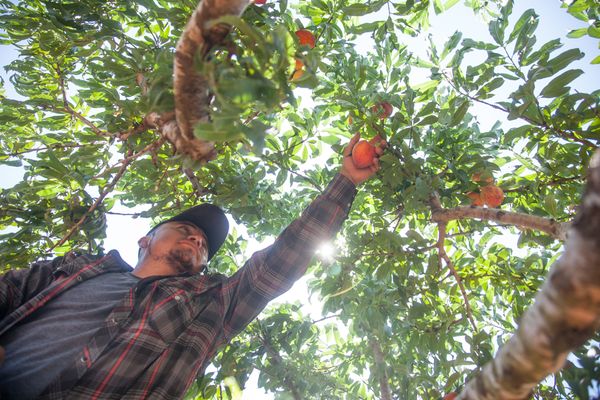
Centering Values in Food Procurement: A Look at SFC’s Investment in Value Chain Building
What is a Value Chain?
The term “supply chain” describes the processes that get food from farms onto tables. Supply chains can be short or long, simple or complex. They can include many different “supply chain actors,” to name a few: farmers, packers, processors, shippers, grocers. Many times, those supply chains rely on global markets, fossil fuels, and underpaid labor. We see a future where value chains can subvert supply chain norms.
With increasing focus on socially conscious and values-based products (for example, fair trade, local, organic), the idea of food “value” chains has been gaining prominence over the last 15+ years. Value chains offer a new way to structure transacting relationships that can center social or values-based objectives. Value chains work to create communication and support for every actor from farm to table.
The USDA defines value chains as strategic alliances between farms or ranches and other supply-chain partners that deal in significant volumes of high-quality, differentiated food products and distribute rewards equitably across the chain.
Everyone in the value chain benefits from a commitment to transparency, collaboration, and equity. For example:
- Farmers are offered fair prices for products.
- Laborers have protections and fair wages.
- Aggregators and retailers can market unique, local products.
- Consumers have access to quality products with fair prices that align with their values.
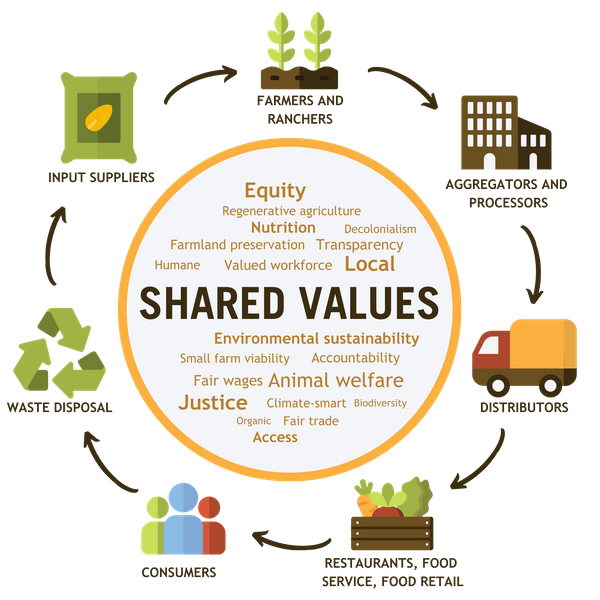
Talking about value chains also opens the conversation to talking about value-add, also called product differentiation. Value-added products are things like salsa, jam, or tamales. The structure of a value chain isn’t just about fresh products, it also benefits the products in your pantry, freezer, and even the food you order from your favorite restaurant.
At SFC, by changing our language to center values we commit ourselves to supporting equitable and collaborative development of our regional food economy.
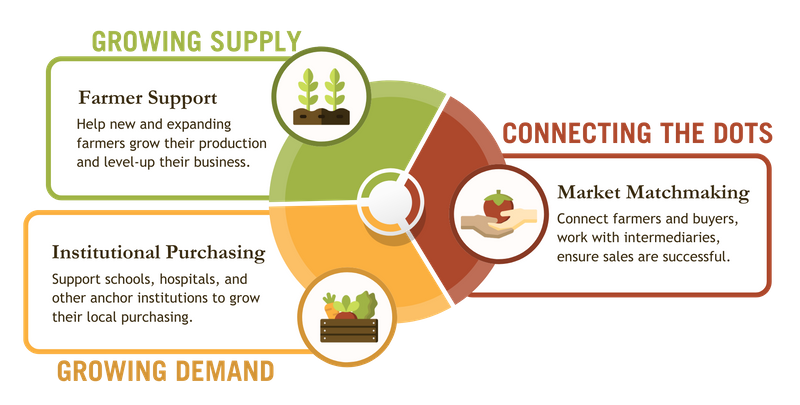
How SFC works on the Value Chain
Our Value Chain program grows connections between Texas farmers and buyers like schools and grocery stores. We do this in three ways: growing supply, growing demand, and connecting the dots.
Growing Supply
To expand local purchasing, we need more local food. SFC works with our partners to support farmers expanding their farm businesses. In 2020, SFC launched its wholesale readiness cohort and since has served more than 50 farmers in growing their businesses, connecting to buyers, and learning more about wholesale marketing.
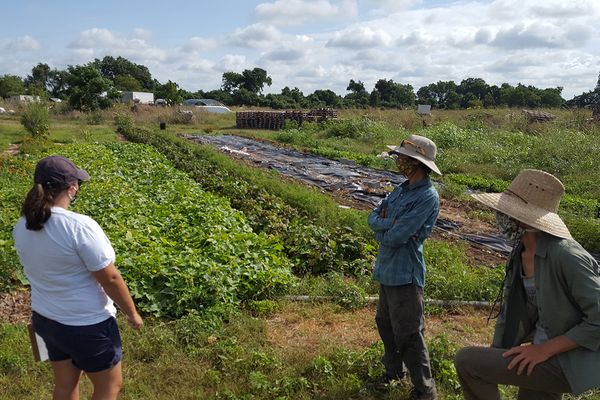
Growing Demand
We work with schools and other food buyers across Texas to expand local and values-based purchasing. In 2021, SFC was awarded a Farm to School grant which launched our work to build demand for local food. Through this project, SFC provides technical assistance, matchmaking, and data analysis to school systems in Central Texas that are growing their local purchasing.
We also partner with the Texas Department of Agriculture to facilitate a statewide learning community of school nutrition staff interested in expanding their farm-to-school programs. This community creates an opportunity for peer-to-peer relationship building, knowledge sharing, and resource creation.
SFC also advocates for policy change that can support more local purchasing. This fall, SFC launched a multi-partner advocacy campaign for the City of Austin to adopt a Good Food Purchasing Policy, which would ensure transparent supply chains and continual improvement for institutional buyers. Good Food Purchasing encourages public institutions to procure food alongside a set of five value areas—environmental sustainability, valued workforce, animal welfare, local economies, and nutrition. In essence, Good Food Purchasing turns public dollars into public goods, making sure the food that folks are eating in public institutions reflects their values and nourishes the community. We recognize the dedication that the City of Austin has to climate equity and food systems resilience and celebrate the opportunity to fortify value chains in our region through commitments to values-aligned purchasing, like a Good Food Purchasing Policy. Learn more about Austin Good Food Purchasing Policy and get involved.
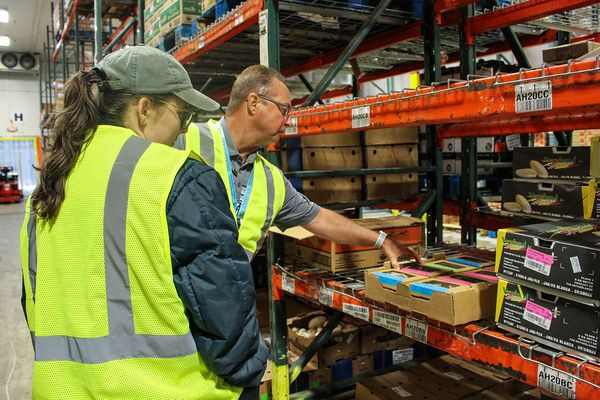
Connecting the Dots
SFC isn’t trucking food anywhere, so our role as value chain coordinators is about creating long-term alignment across the food system. We hold events to facilitate new relationships, weave networks to share ideas, and provide market matchmaking with local buyers and growers. This work is about slowly transforming our food system, one sale at a time. By supporting partners to grow the supply of and demand for local purchasing, we are strengthening the resilience and sustainability of our regional food system.
